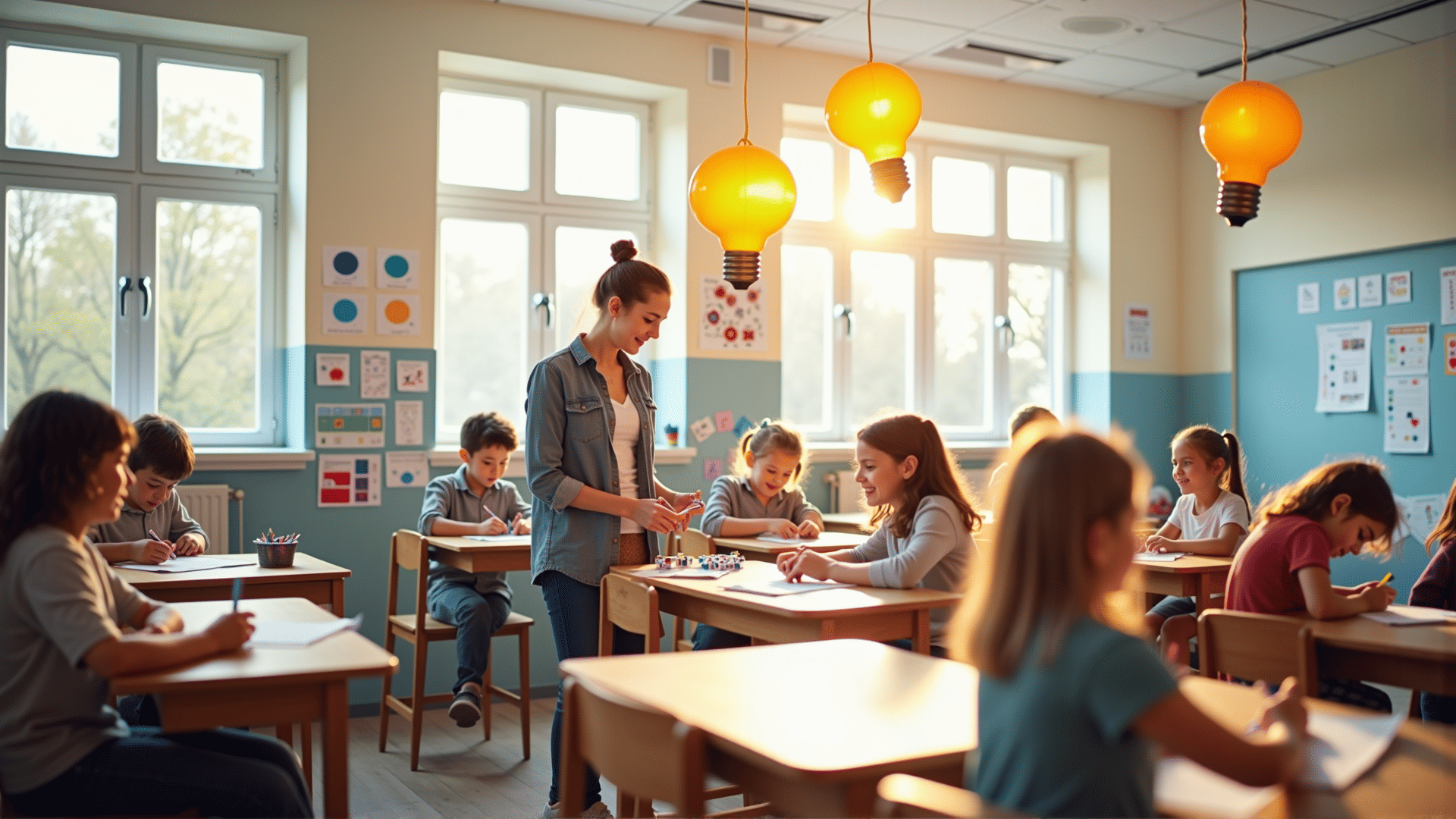In an ever-evolving world, the ability to think creatively and adapt is becoming increasingly crucial. Traditional educational models, often focused on rote memorization and standardized testing, may not fully equip students for the dynamic demands of the future. Recognizing this gap, an innovative approach has emerged: a curriculum specifically designed to spark creativity and encourage out-of-the-box thinking, effectively preparing students for the challenges and opportunities that lie ahead.
This creative curriculum champions the belief that every student possesses a unique potential to think innovatively. By fostering an environment where imagination and critical thinking are valued over conformity and passive learning, students are encouraged to explore, experiment, and expand their horizons. The primary goal is to instill a mindset that is not only able to adapt to change but also to drive it.
One of the cornerstones of this curriculum is project-based learning. Unlike traditional approaches where students learn in a segmented, subject-specific manner, project-based learning encourages them to engage in interdisciplinary projects. Working on real-world problems, students learn to connect ideas across subjects, apply critical thinking, and hone their problem-solving skills. This method not only enhances their understanding of academic concepts but also allows them to innovate and iterate solutions through creative exploration.
Another critical element is the emphasis on collaboration and communication. Group projects are integral to the curriculum, teaching students how to work effectively with diverse teams, share ideas, and build on each other's strengths. This mirrors the collaborative nature of modern workplaces and provides students with essential interpersonal skills that are vital in any career path. Through collaborative efforts, students learn the value of different perspectives and the power of collective creativity—a synergy that often leads to groundbreaking ideas.
To truly ignite creativity, the curriculum also incorporates reflective practices. Students are encouraged to engage in self-assessment and receive constructive feedback, fostering a growth mindset. This process helps them recognize their own patterns of thinking, understand their personal learning journeys, and identify areas for improvement. By reflecting, students become more self-aware and open to new ways of thinking, enhancing their capacity for creative problem-solving.
Teachers, too, are considered facilitators in this educational framework rather than just instructors. They guide students in their creative endeavors, offering resources, support, and mentorship. Teachers are encouraged to personalize learning experiences to meet the diverse needs and interests of students, thereby igniting each student's passion and potential. This shift from traditional teaching methods to a more guiding role is crucial in nurturing an environment where creativity can thrive.
Moreover, technology plays a significant role in this curriculum. Students are provided with digital tools that allow them to design, create, and explore new ideas. From coding and digital storytelling to virtual reality experiences, technology opens up a multitude of avenues for creative expression and innovation. Students learn to leverage these tools to turn their imaginative ideas into tangible creations, preparing them for the technologically advanced future.
The impact of such a curriculum extends beyond academic achievement. By fostering creativity, students develop resilience, adaptability, and a greater capacity for empathy as they learn to understand and appreciate diverse viewpoints. They are better equipped to navigate the complexities of modern life, embracing challenges with a mindset that views them as opportunities for growth and innovation.
In essence, a curriculum that prioritizes creativity is not just about preparing students for future jobs; it's about empowering them to shape the future. As the world continues to change at an unprecedented pace, instilling a sense of creativity in education is not just beneficial—it is essential. By sparking creativity and encouraging out-of-the-box thinking, we are investing in a generation that will not only keep pace with change but will be at the forefront of creating it.
